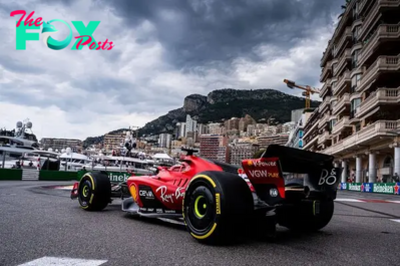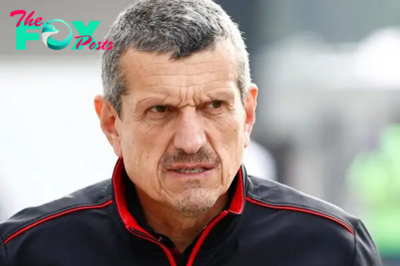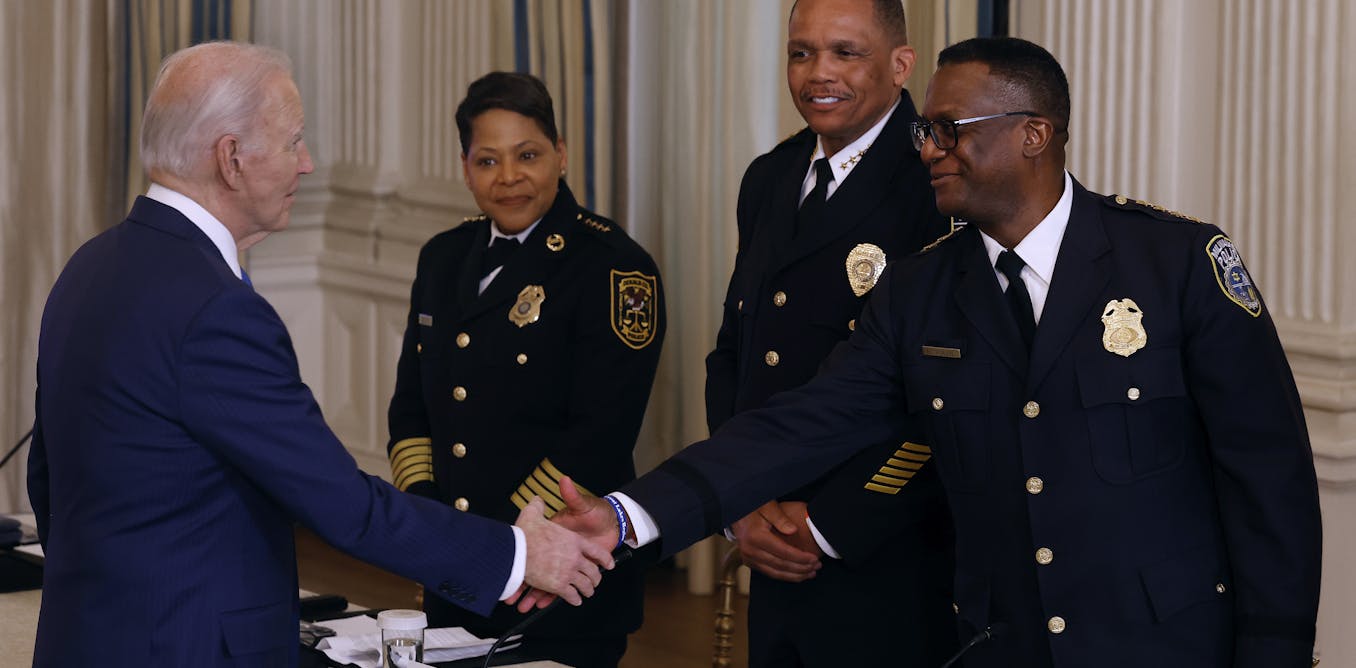F1 News
Russell wants automated FIA safety system to suspend F1 races after accidents
Russell was left screaming for the race to be stopped after his wrecked W15 had bounced back onto the track and come to rest on its side following a crash while chasing Fernando Alonso.
The aftermath of the crash caused considerable concern amongst F1 fans and observers given the danger.
Although the live broadcast cut to Russell's accident as it was progressing, once he had come to a stop it appeared to take a long time before the virtual safety car system was activated and when it did the Mercedes had already been passed by Aston Martin's Lance Stroll.
He had to be hurriedly warned by his now former race engineer Ben Michell, who from the Suzuka weekend is acting solely as Aston's head of performance optimisation, as Stroll was approaching the crash site near blind due to the high-speed nature of the corner where the incident occurred.
That knowledge was part of Russell's response over his own team radio in trying to get the race stopped, as was motorsport's tragic recent history where junior drivers Anthoine Hubert and Dilano van 't Hoff were killed after their crashed cars were then struck again in high-speed accidents at Spa.
When asked by Autosport/Motorsport.com if he wanted a new safety system to be implemented to avoid such a situation being repeated in the future, Russell replied: "It was an incredibly uncomfortable position to be in.
"You're on a blind bend, [where cars approach at] 250km/h, right on the racing line with the car half upside down. [I was] waiting for disaster to happen.
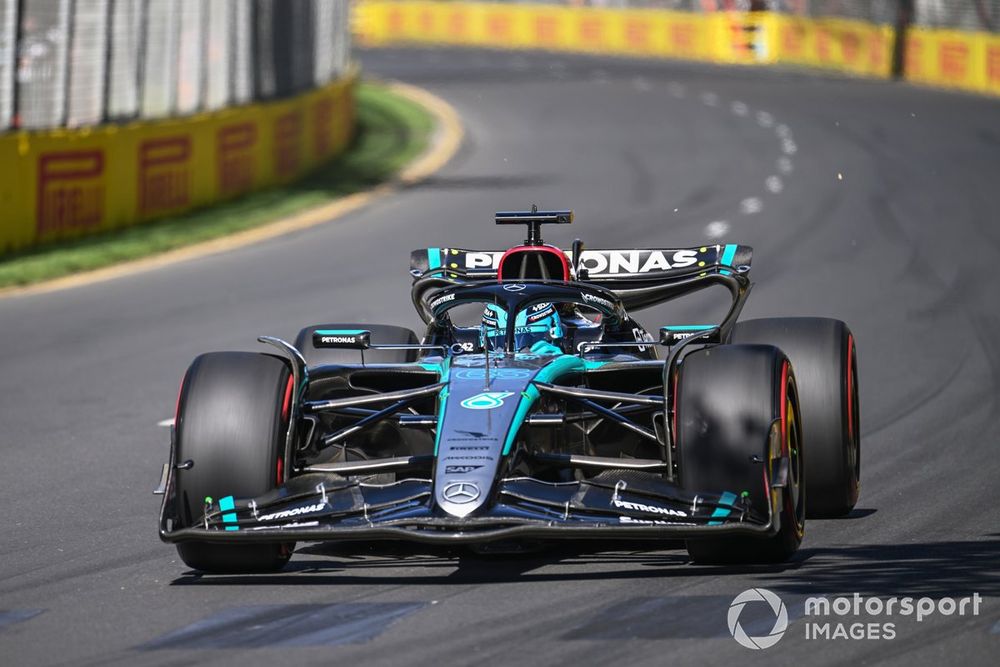
George Russell, Mercedes F1 W15
Photo by: Sam Bagnall / Motorsport Images
"Fortunately, I had a 10-second gap behind me and I think it was 10 or 12 seconds before the virtual safety car came out.
"But in the space of 10 seconds, you can have five, six, seven cars if that was on lap one of the race and [I would've] probably been hit numerous times, even with the yellow flag.
"We've seen close incidents before where a car comes back [onto the track after a crash] – Carlos [Sainz] in 2022 in Japan.
"I think we need to find a way that if a car is in a danger zone, [there could be an] automated VSC straight away – within half a second or so because those seconds count.
"Lives are at risk. We've seen it at Spa numerous times in the past, [with] cars aquaplaning. I think it's time with the technology that we have to make steps in this area."
The incident is currently under review by the FIA, which Autosport/Motorsport.com understands will lead to a major change to the corner concerned for the 2025 Australian GP.
It is also understood that in regard to Russell's wishes for an automated process being put in place as part of a safety system update to cover such incidents, the governing body feels its existing procedures functioned as required in this instance.
A yellow flag digital board display was activated 1.2s after Russell hit the barrier, which then became waved double yellows – including physical flags being shown by nearby marshals – 5.7s after the crash started.
Once 8.1s had passed, the zone of track leading up the crash site had been placed into double yellow status, which is also transmitted to the driver audio signals and cockpit displays for each car.
It has also been suggested that a compounding and significant optics problem in this situation is that it takes several seconds from the VSC system being activated in race control for it to be displayed on TV broadcast graphics.
-

 F1 News1d ago
F1 News1d agoHonda 2026 F1 project going "to plan" with electrical power initial focus
-
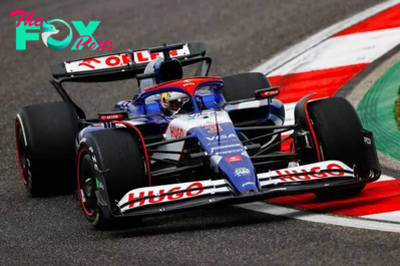
 F1 News1d ago
F1 News1d agoRB insists Ricciardo “absolutely” still able to deliver at his best in F1
-
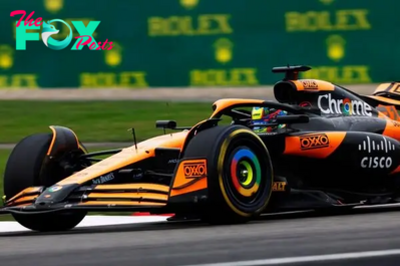
 F1 News1d ago
F1 News1d agoMcLaren Miami F1 upgrades "not as big" as major 2023 packages
-
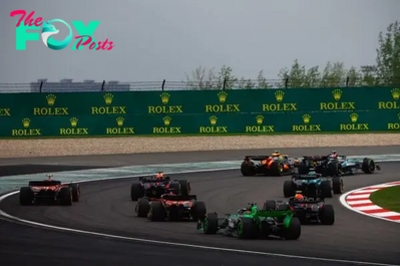
 F1 News1d ago
F1 News1d agoHorner: F1 listened and reacted to 'Frankenstein car' concerns
-
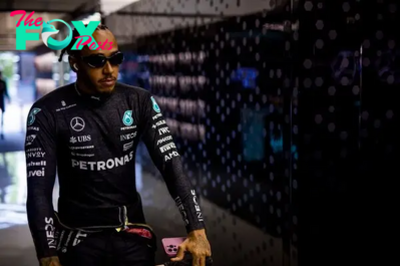
 F1 News1d ago
F1 News1d agoWolff trusts Hamilton to remain "a pro" despite Mercedes F1 hardship
-

 F1 News2d ago
F1 News2d agoCost cap “inequities” have triggered F1’s divided grid, says Szafnauer
-

 F1 News2d ago
F1 News2d agoHulkenberg's China sprint shows Haas "not completely out" of tyre issues
-

 F1 News2d ago
F1 News2d agoHonda surprised by "unbelievable" Red Bull 2024 F1 car changes






